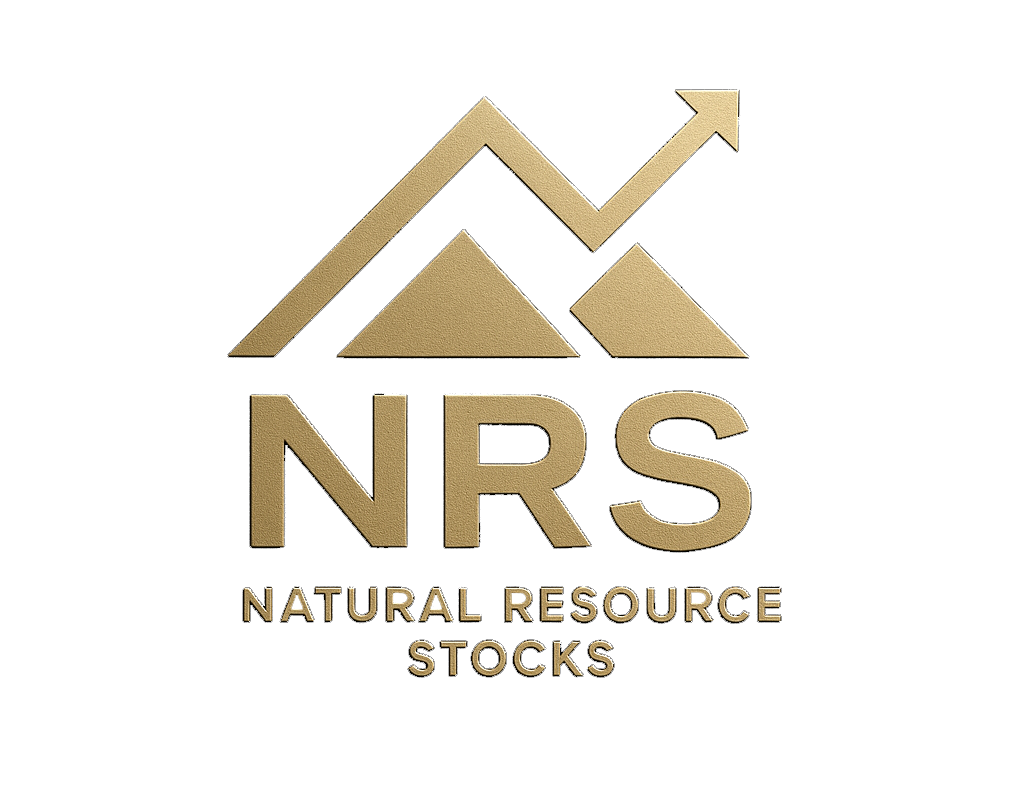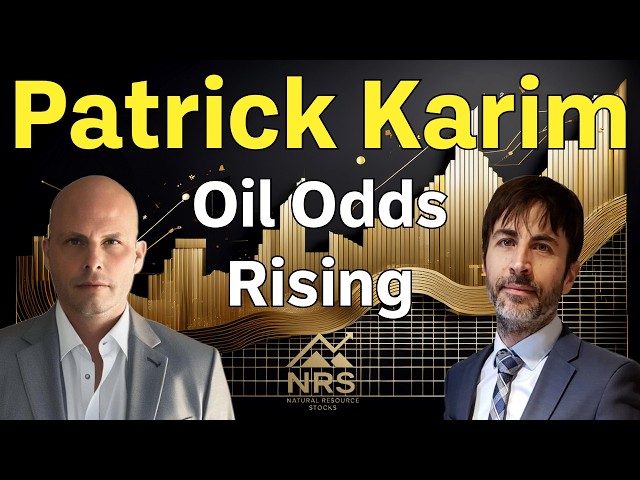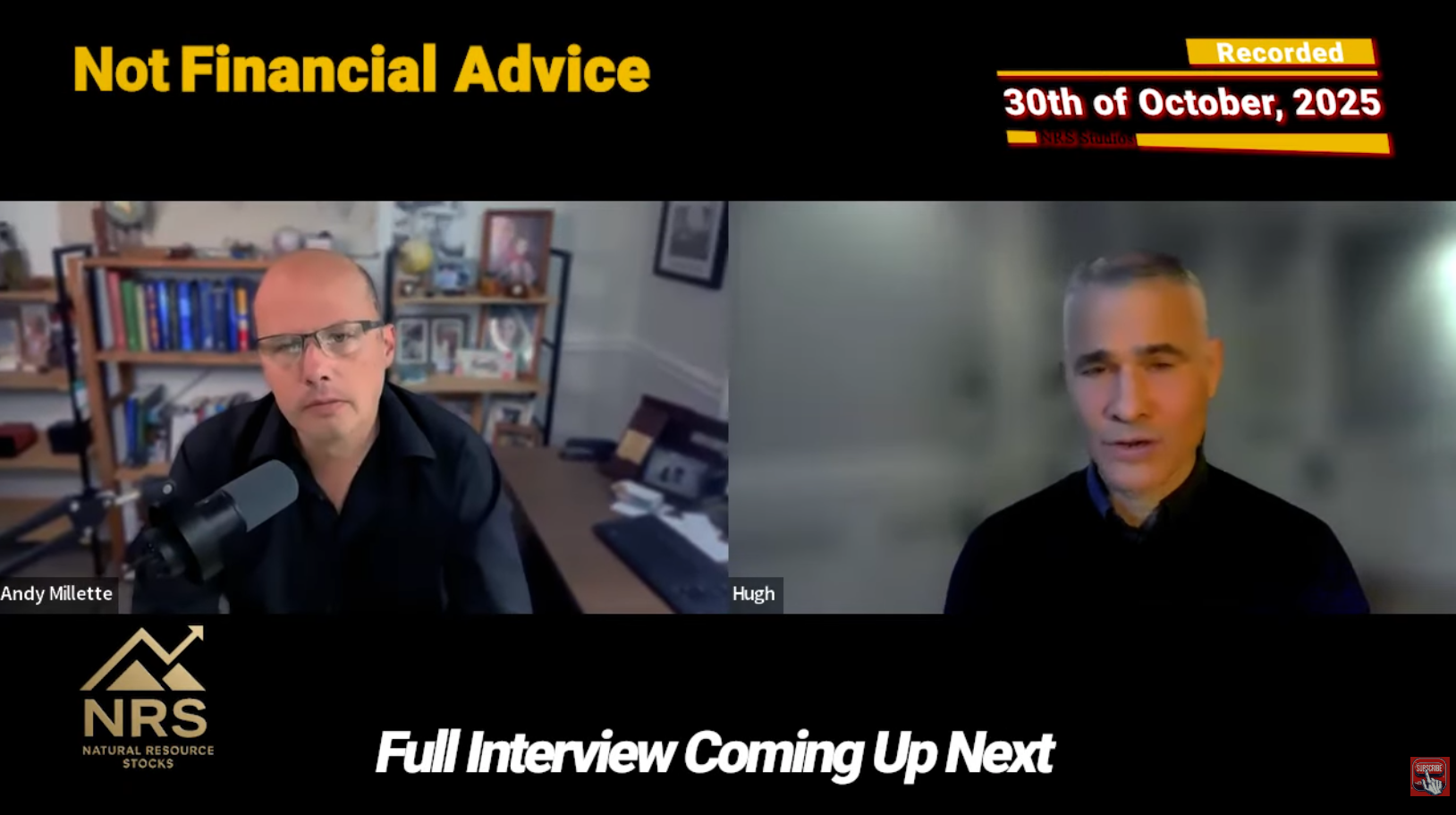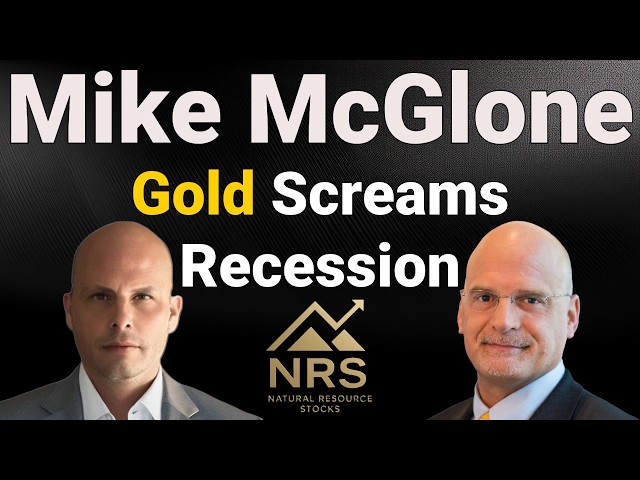
When it comes to trading commodities like oil and natural gas, understanding the price action is just as important as the news surrounding these markets. According to Patrick Kim from Northstar Bad Charts, a scientific, chart-driven approach is the key to cutting through the noise and making smart, informed decisions. Patrick, known for his expertise in identifying market turning points in commodities such as gold, silver, and oil, shares valuable insights into the current state of the oil market and why focusing on charts can lead to more successful trading than relying on headlines.
Why Charts Are Key: From Fish to Chart Master
Patrick’s journey into chart analysis didn’t start with instant success. In fact, he admits to making mistakes early on, influenced by narratives and sensational news stories that clouded his judgment. “I started like everybody else,” says Patrick, recalling his early trading days where he’d follow forum recommendations and buy based on what seemed like exciting stories, rather than hard evidence. This approach, he admits, led to several painful lessons.
The turning point came when he read Stan Weinstein’s “Profiting in Bull and Bear Markets,” a book that introduced him to the power of chart analysis. The key takeaway? Charts don’t lie. They represent the aggregate behavior of market participants and show where capital is flowing—whether it’s into stocks, commodities, or any asset class. Patrick realized that charts gave him an edge because, unlike narratives or news headlines, price action reflects the true sentiment of the market.
The Role of Data Over Narratives
One of the most critical lessons Patrick learned was that narratives can lead you astray. Just because a piece of news is bullish or bearish doesn’t mean the price will follow suit. In fact, sometimes the market moves in the opposite direction from what the news suggests. Patrick uses a prime example from the gold market, where bullish news about government gold sales had no impact on halting the upward momentum of the price. According to Patrick, capital flows often make the most significant impact on asset prices, and these flows can be seen in the charts long before the news catches up.
Why Oil’s Price Action Is So Critical Right Now
For oil traders, the current market presents an exciting opportunity, albeit one that is not without its complexities. Patrick stresses that oil prices and oil companies’ stock prices often trend together but can diverge at times. Currently, companies like Shell and Exxon are exhibiting long-term bullish patterns on their charts, with Exxon poised to break out to new highs. “It’s a beautiful pattern,” Patrick says, “and this could be an opportunity for long-term gains.”
However, oil itself is still in a consolidation phase, and Patrick warns that it could take months, or even years, for oil to make a significant breakout. The key is waiting for confirmation—a close above a specific resistance line—before making a move. As he explains, there’s no rush. Instead of chasing the market, it’s better to wait for evidence that the breakout is real.
The Power of Patience and Risk Management
A critical point Patrick emphasizes is the importance of patience and proper risk management. Just because a chart shows a bullish setup doesn’t guarantee a bullish outcome. “A bullish setup should get your spider senses tingling,” Patrick notes, but it’s still important to respect your stop-loss levels and be prepared for any market movement.
This is especially true when looking at volatile commodities like natural gas, which Patrick refers to as the “widowmaker.” With wild price swings, natural gas can trick traders into thinking they’ve identified a trend—only to have it plummet just as quickly. For Patrick, risk management is the key to surviving the inevitable ups and downs of such a volatile market.
Why Oil and Gold Go Hand-in-Hand
One fascinating insight Patrick offers is the relationship between oil, gold, and silver. Despite their different uses, these commodities often follow a similar price trajectory. Patrick overlays charts of oil and gold over the last century, showing how their movements align. He believes that, just like gold and silver, oil is headed for an upswing, primarily due to capital flows shifting toward hard commodities.
“Oil and gold have trended together for decades,” Patrick says, “and with the market’s current setup, oil will likely break out, just like gold has in recent years.” The key, according to Patrick, is watching for a breakout above key resistance levels and being prepared to act once the trend is confirmed.
The Strategy: Follow the Data, Not the Noise
The overarching message Patrick conveys is that data-driven analysis is the most reliable way to navigate the markets. While narratives and headlines may seem enticing, they don’t always translate into profitable trades. Patrick advocates for a scientific approach, where charts tell the true story of market sentiment. By focusing on price action and capital flows, traders can position themselves for success.
Patrick also emphasizes that traders must accept the uncertainty of the markets. No one knows everything about the fundamentals, and trying to predict the future based on incomplete information is a losing game. Instead, focus on what you can control: your risk, your analysis, and your response to the data.
Final Thoughts: The Importance of the Chart-Driven Approach
In a world filled with noise and ever-changing narratives, it’s easy for traders to get caught up in the hype. However, by adopting a chart-driven approach and focusing on price action, traders can eliminate the distractions and make smarter, more informed decisions. Patrick’s insights into oil, gold, and natural gas demonstrate the power of this method.
If you want to succeed in these markets, learn from the data, not the headlines. Keep your eyes on the charts, and stay disciplined in your approach. As Patrick says, “The trend is your friend,” but only if you wait for confirmation and respect the market’s rhythms.














































